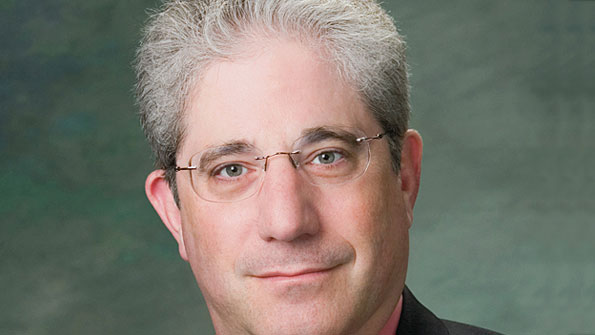Recent FCC actions are a positive step forward
Now that the new year has come and gone, we are seeing some increased definition from the FCC as to their view of what VHF/UHF narrowbanding non-compliance means. After meeting with frequency coordinators, the following has been agreed to by the parties:
- Frequency advisory committees may consider non-compliant incumbent licensees during frequency research, selection and certification processes as if they are operating 11K3F3E analog systems.
- The FCC will release a further public notice regarding narrowbanding policy and enforcement matters on or before April 1, 2013. The possibility of affording the Land Mobile Communications Council (LMCC) an opportunity to review and suggest editorial revisions prior to release was discussed as a possibility.
- The FCC enforcement bureau will identify a single point of contact for purposes of receiving notices of non-compliance for potential enforcement action.
- FCC bureaus will initiate procedures designed to expedite the deletion of license records from the Universal Licensing System (ULS) for either non-existent or non-operational systems, including those that are identified by frequency advisory committees during spectrum research activities.
- The FCC will audit licenses that report a wideband emission designator to determine compliance with the narrowbanding mandate. Inactive licenses will be terminated, consistent with item 4. Active but non-compliant licenses will be subject to enforcement actions, consistent with item 3.
While the FCC isn't sure yet what form the compliance audit will take, it is an important step forward in clearing the "deadwood" from the FCC database. The effectiveness of this effort will, in part, be determined by how quickly the commission can begin the effort. There are many current licensees and ready applicants looking to implement more sophisticated systems, and the database cleanup is a major stepping stone to uncovering spectrum possibilities.
At the same time, the FCC is poised early to initiate other efforts geared toward making the life of a VHF or UHF licensee easier. As discussed in this column recently, the FCC and frequency coordinators are working on standards for coordinating different types of digital radio systems into an existing analog environment. This includes integrating TETRA equipment into the ecosphere of land mobile radio.
In addition, there should be commission action early this spring on a petition for rulemaking filed by Pyramid Communications to identify VHF channels for use by vehicular repeaters. This will significantly aid police and fire personnel in their efforts to achieve reliable communications from inside a building to the outside. At the same time, more and more municipal codes are mandating the availability of in-building systems to enable similar communications.
These positive developments portend significant advances in moving new, more advanced technologies from the showroom floor to a system near you.
What do you think? Tell us in the comment box below.
Alan Tilles is counsel to hundreds of entities in the wireless industry. He is a partner in the law firm of Shulman Rogers Gandal Pordy & Ecker and can be reached at [email protected] or on Twitter @landmobilelaw.















